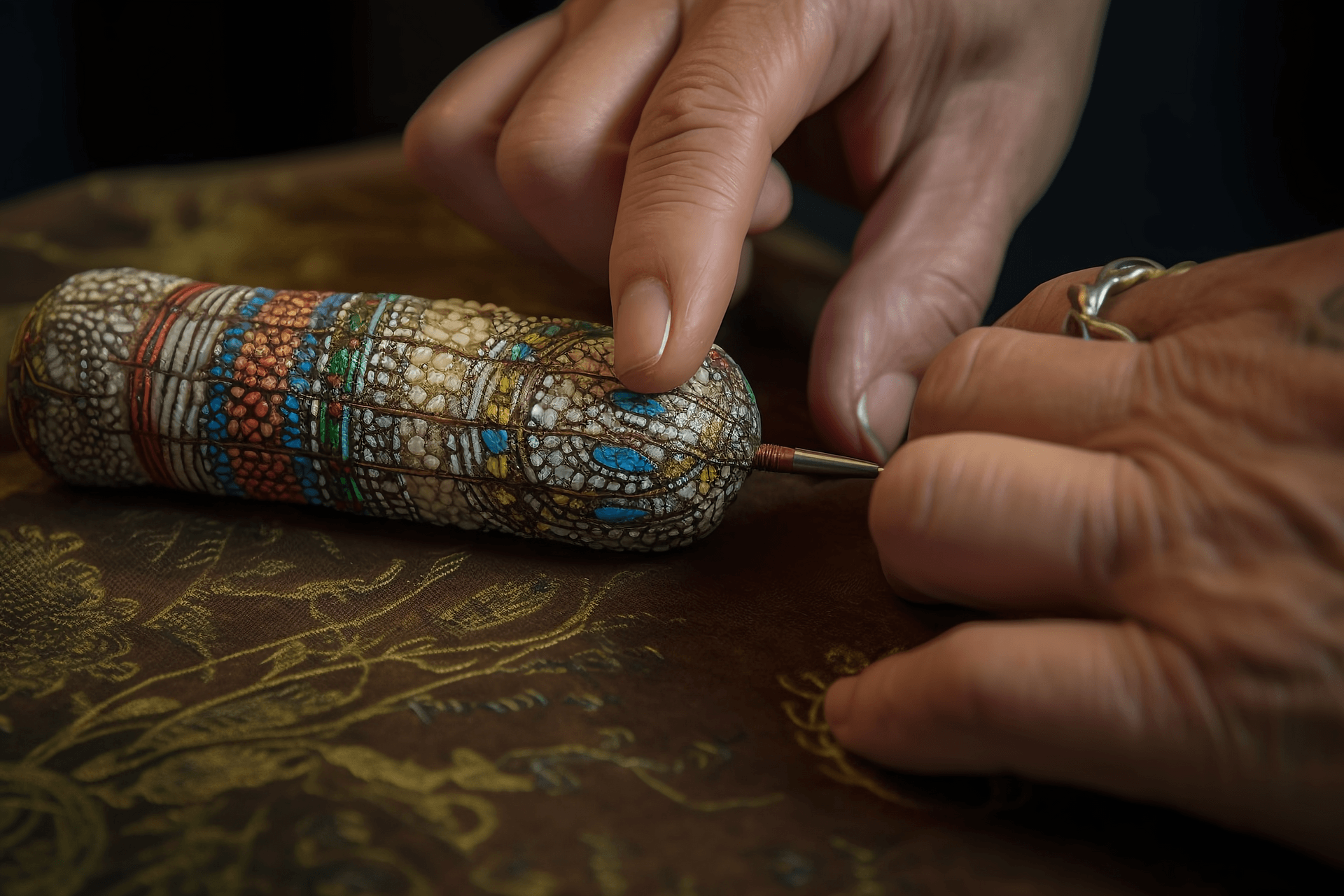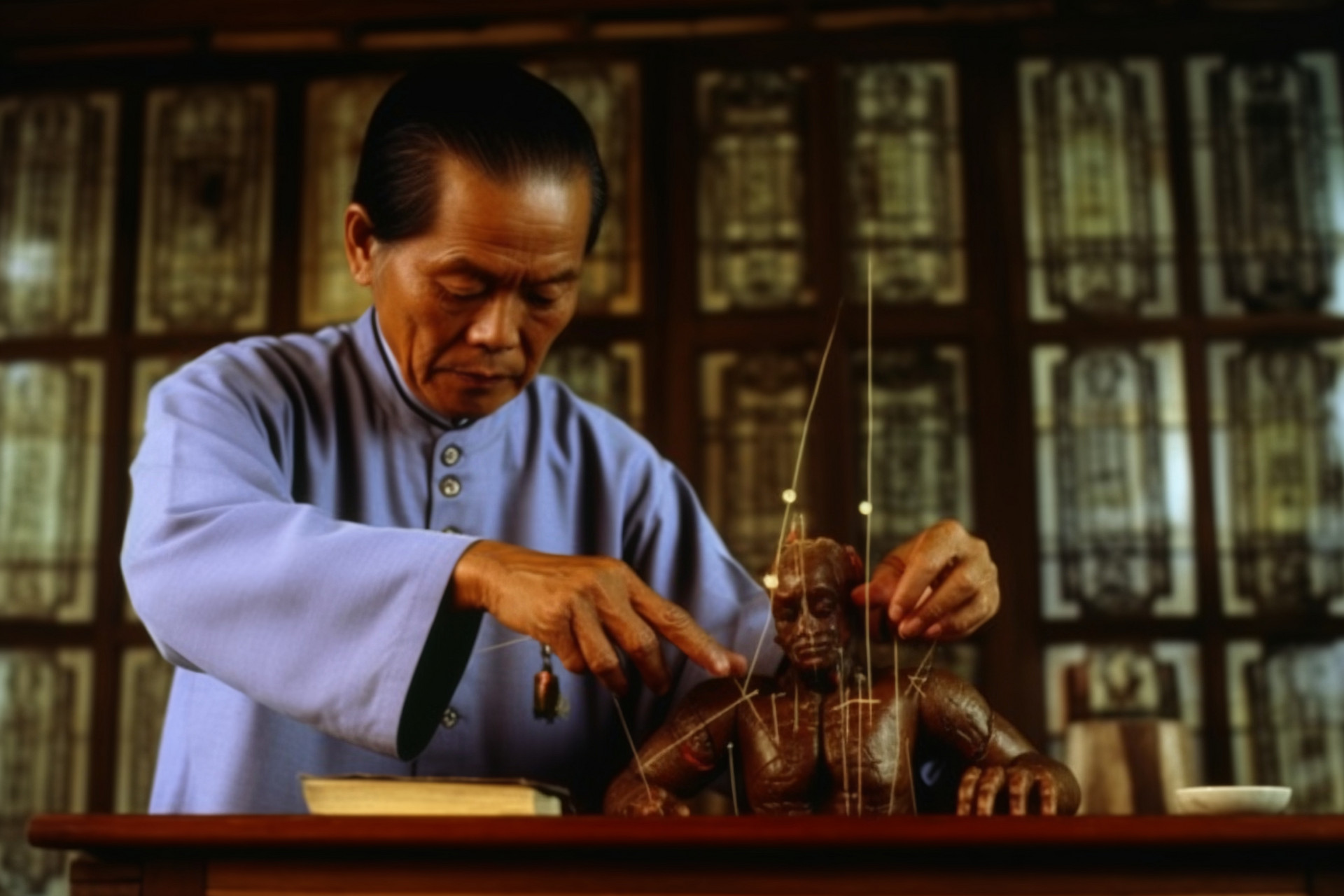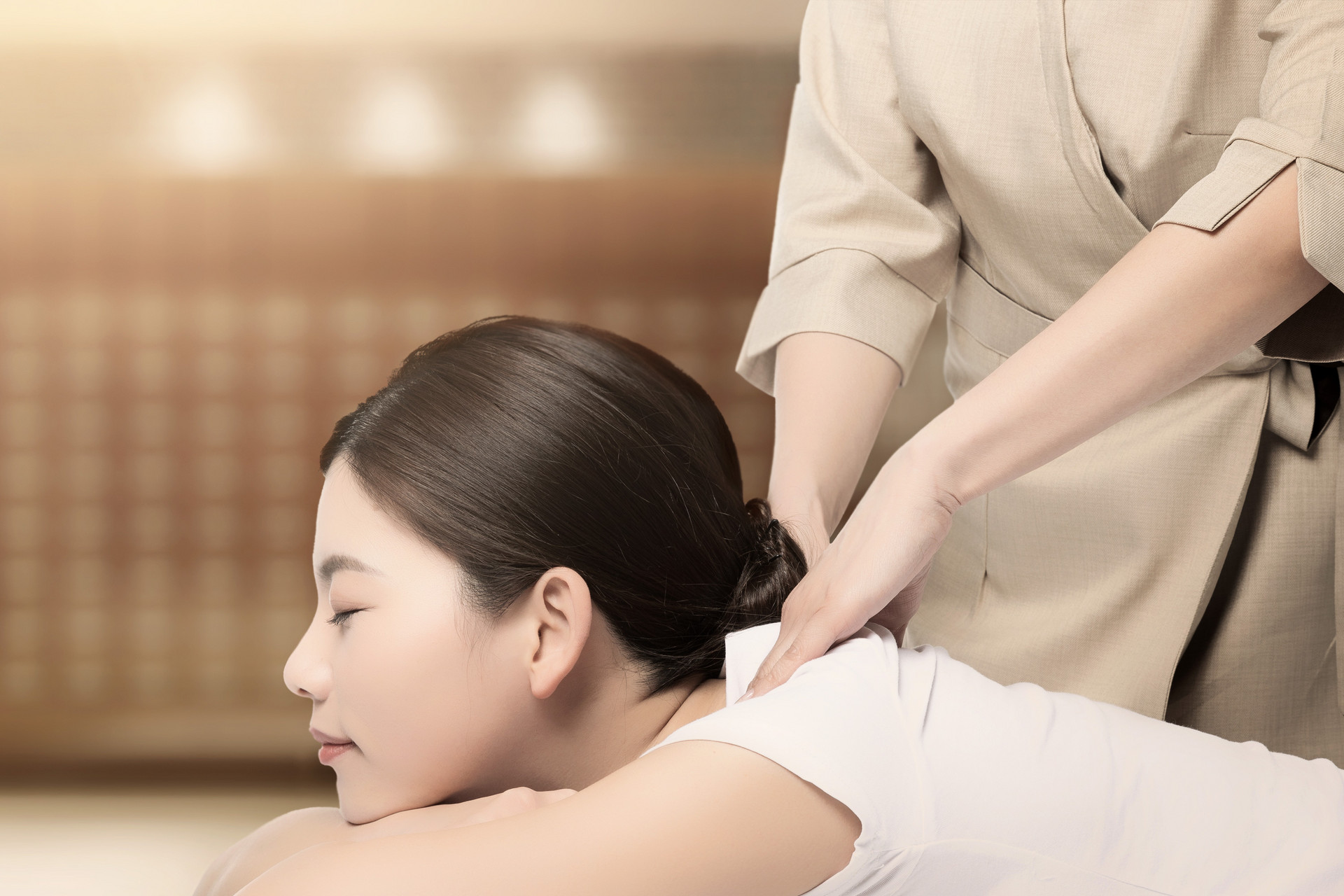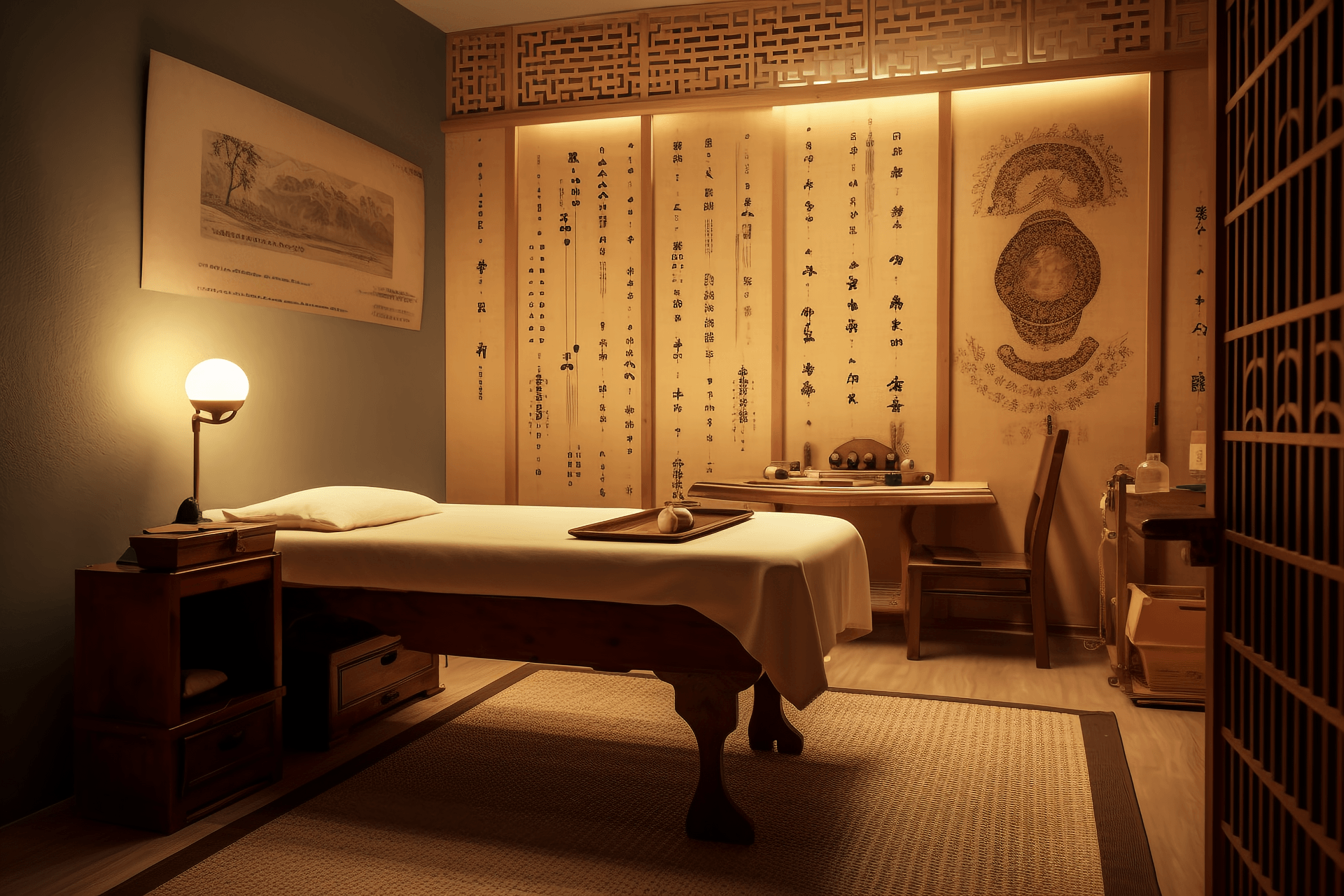The pig bristle needle therapy is a method of using processed pig bristles as needles to puncture specific acupoints in the eye, combined with body needle therapy, for the treatment of juvenile myopia. This method is not recorded in ancient books and was developed by Liu Hanyin and Li Yangao in modern times.
【Procedure】
1. Making pig bristle needles:
Select healthy black pigs weighing around 75kg. Take several pig bristles from the neck area and cut them into 3cm lengths. Soak the bristles in a degreasing solution made of equal parts of alkali, salt, and a little vinegar for 60 minutes. Then rub them with hands for 15 minutes, rinse with cold water, and air dry in a shady place. Lastly, soak the bristles in 75% alcohol for 30 minutes and set aside.
Prepare a few commonly used fine needles as well.
2. Oblique insertion method:
1. Puncture the myopia acupoint: The myopia acupoint, also known as the lacrimal point, is located at the upper and lower eyelid margin of the inner canthus. It is a small round hole with a slight elevation around it. The practitioner faces the patient and gently lifts the patient's eyelid to expose the myopia acupoint. Stabilize the eyelid outside the eye socket with the thumb, index, and middle fingers of the other hand, and then insert one end of the pig bristle needle into the myopia acupoint. First, insert it 1.5cm, then obliquely towards the nasal side (about 45 degrees), and insert it 4-15mm. If there is local soreness, numbness, or tearing, the needle is removed.
2. Puncture the bright acupoint: Use a regular fine needle to insert it straight for 1.5-3cm, with moderate stimulation without leaving the needle.
【Indications】
Juvenile myopia.
【Precautions】
1. Strictly handle the needles to avoid infection.
2. Before the procedure, explain the treatment process to the patient and obtain their cooperation, ensuring "quiet before the needle, closed eyes during the needle, and distant gaze after the needle".
3. This method is performed 3 times a week, with 10 sessions as one course of treatment, followed by a rest period of 5-7 days before the second course.











